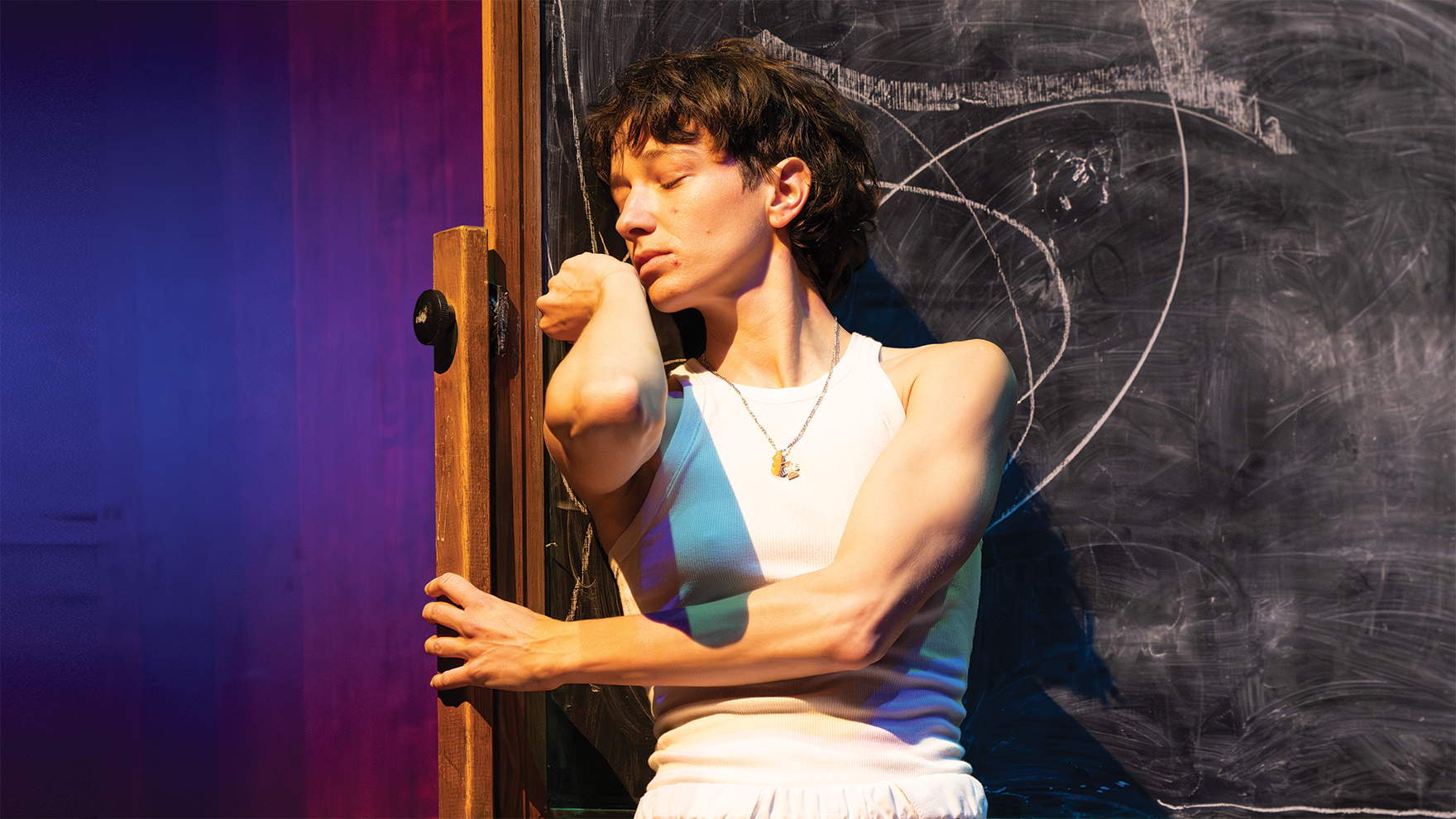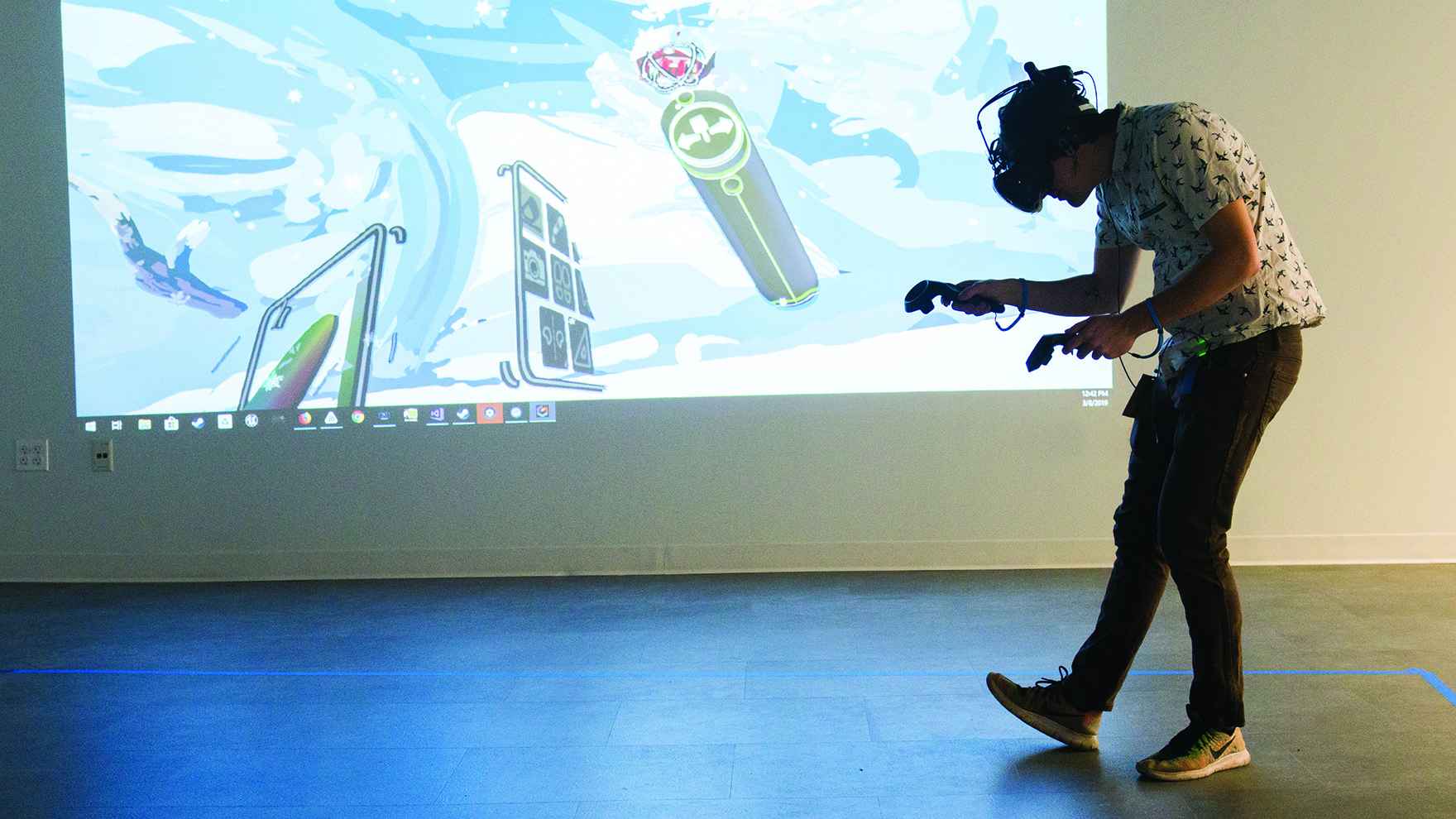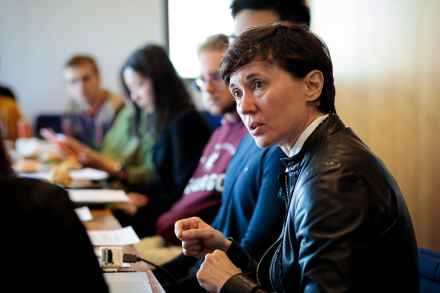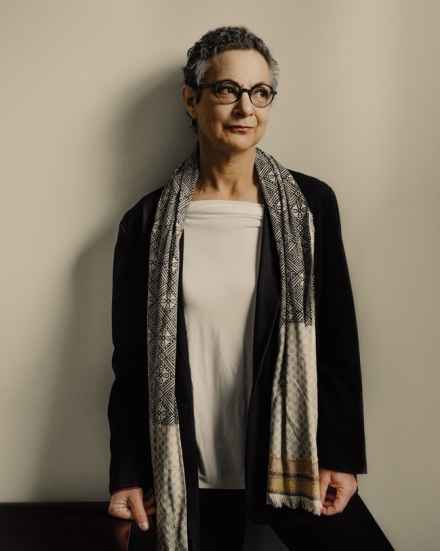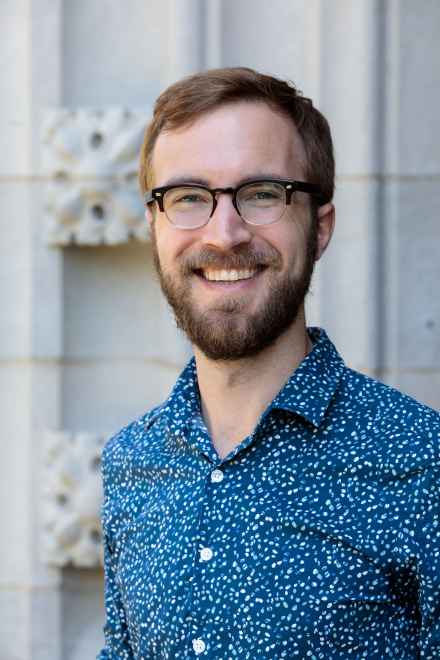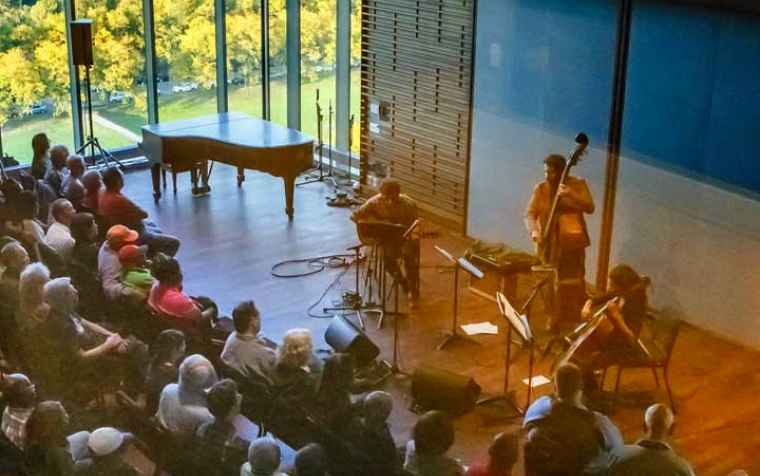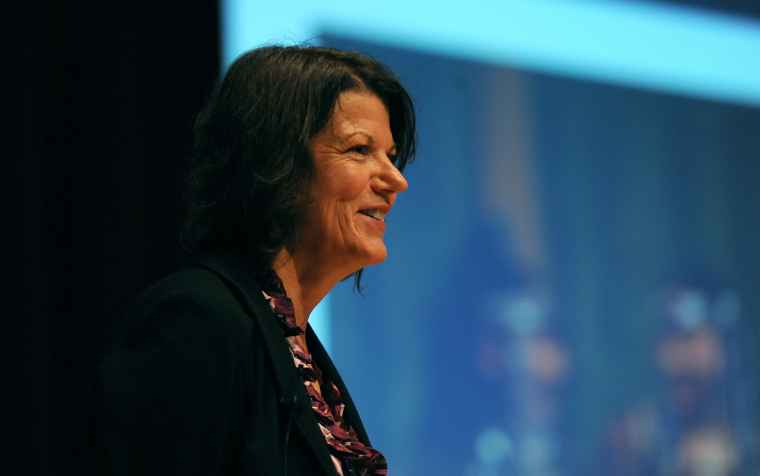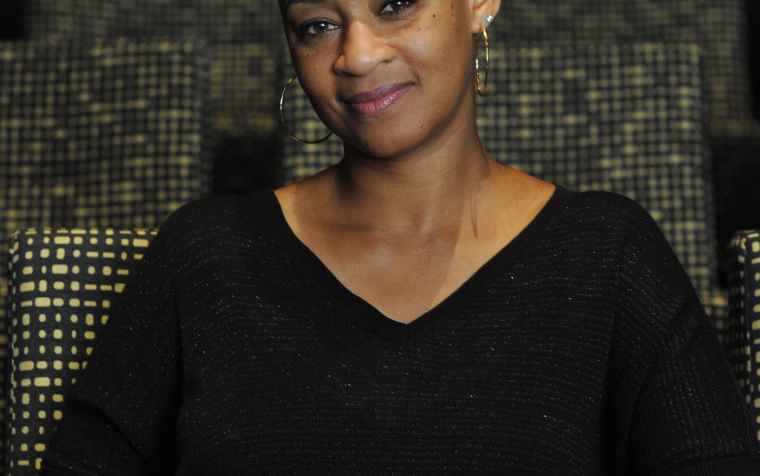Media Mentions: November 2019
The latest media mentions, quotes, profiles, and writings from Division of the Humanities faculty, students, staff, and alumni. Visit us on Twitter and Facebook for more updates.
Kimberly Peirce Reflects on How UChicago Shaped Her Filmmaking Career
When Kimberly Peirce made Boys Don’t Cry two decades ago, she created the movie as a labor of love. The University of Chicago alum wanted to tell the story of Brandon Teena, to honor the courage and imagination of a trans person who lost his life in pursuit of his true self. But the small, independent film became a surprise hit and cultural touchstone, one that established Peirce as a director and helped shape a national conversation about gender and sexual identity. None of that would have been possible without UChicago, Peirce insisted during a recent visit to campus.
Why Chasing the Good Life Is Holding Us Back, With Lauren Berlant
A UChicago scholar and theorist, Lauren Berlant, explains why the idea of the "good life" and the presidency of Donald Trump have shattered our connections and our sense of belonging.
Christopher Taylor Receives the ASA Lora Romero First Book Publication Prize
In defiance of traditional cultural history, Humanities scholar Christopher Taylor discovered that the people in the British West Indies considered themselves citizens of the British Empire. For his groundbreaking work, Taylor has received the prestigious 2019 American Studies Association Lora Romero First Book Publication Prize for the book Empire of Neglect: The West Indies in the Wake of British Liberalism (Duke University Press, 2018). “Empire of Neglect’s vast and original archival research provides a history of the British West Indies that sets the promise of political liberalism and emancipation against the actual effects of economic liberalism and free market policies,” said Deborah L. Nelson, the Helen B. and Frank L. Sulzberger Professor and Chair in the Department of English Language and Literature. “Scholars of the Caribbean have called it ‘field-making’ for its transformative arguments and methodological innovation.”

